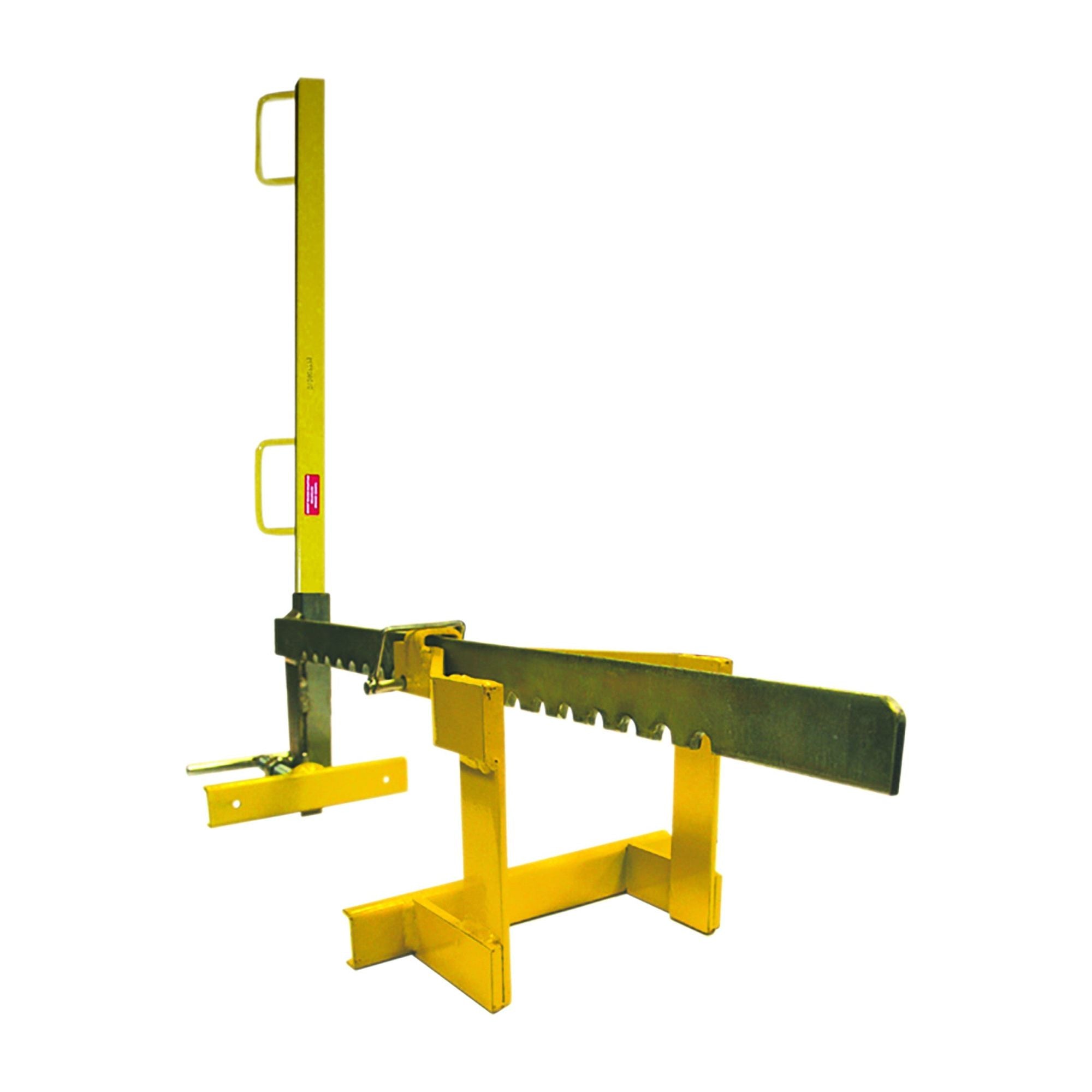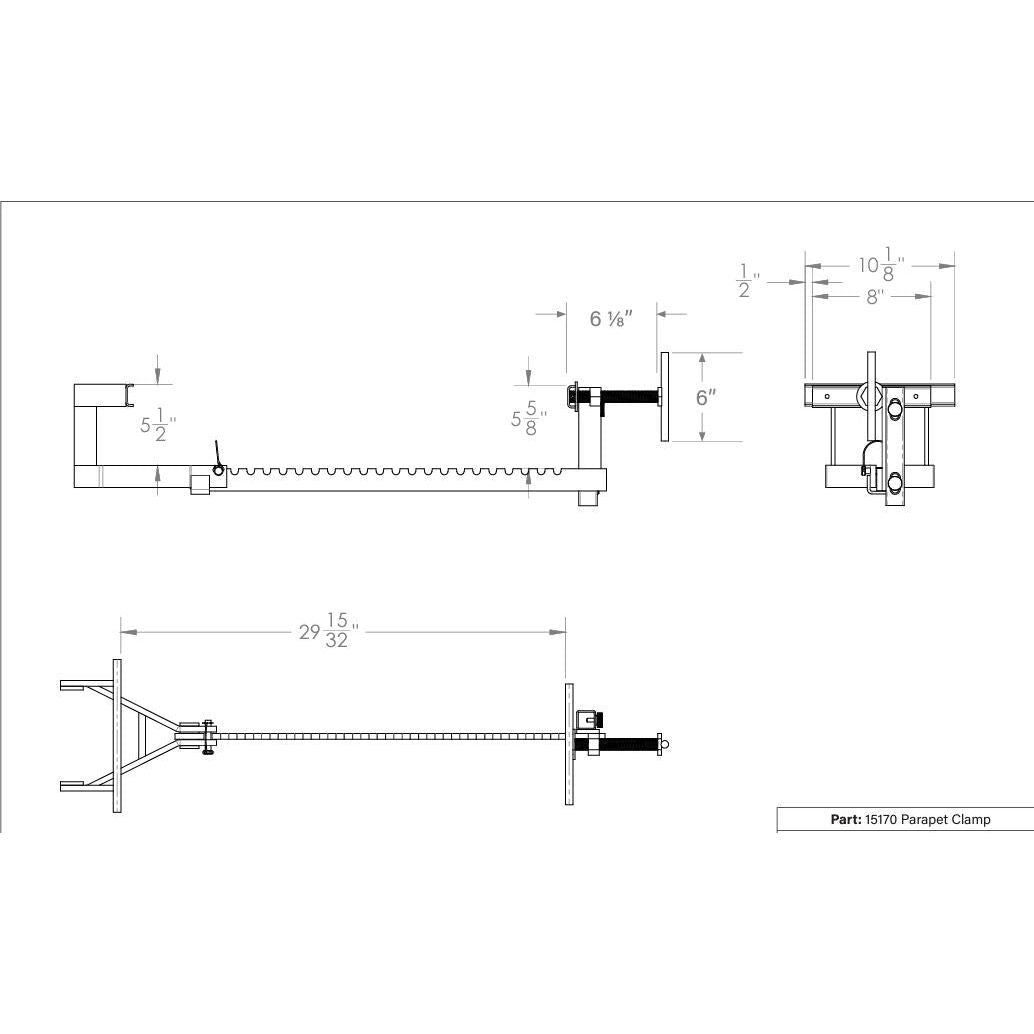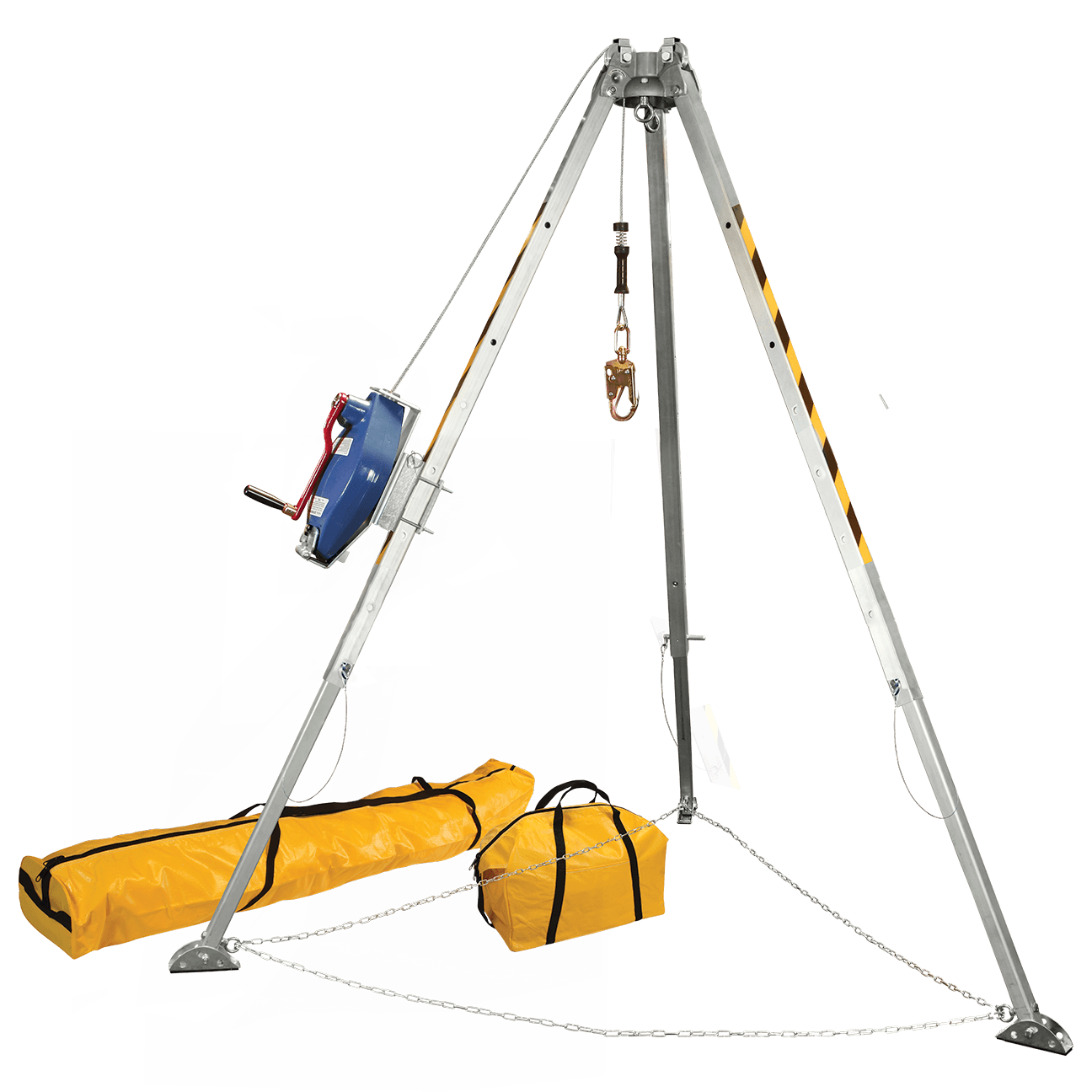An engineered system, in the context of safety and fall protection, refers to a meticulously designed and customized solution that is created to address specific challenges or requirements in a particular environment. Engineered systems are often developed by professionals such as safety engineers, structural engineers, or other specialists to provide tailored solutions for complex scenarios.
Key characteristics of engineered systems include:
-
Customization: Engineered systems are designed based on a thorough analysis of the specific conditions, hazards, and needs of a particular workplace or situation. This ensures that the system is precisely tailored to address the unique challenges of that environment.
-
Compliance: These systems are developed in accordance with relevant safety standards, regulations, and industry best practices. Compliance ensures that the engineered solution meets established safety criteria and legal requirements.
-
Integration: Engineered systems are often integrated into the existing infrastructure of a facility. This may involve incorporating the system into the design of a building or structure, ensuring seamless functionality and coexistence with other safety measures.
-
Professional Expertise: The design and implementation of engineered systems require the expertise of professionals with a deep understanding of safety, engineering principles, and the specific industry or environment in question. This may involve collaboration between safety experts, engineers, and other specialists.
-
Versatility: Engineered systems are versatile and can be adapted to various situations. They are not one-size-fits-all solutions but rather flexible frameworks that can be adjusted to accommodate different conditions and requirements.
Common examples of engineered systems in safety include fall protection systems, machine guarding solutions, and industrial ventilation systems. These systems are purpose-built to provide the highest level of safety and protection in complex or challenging work environments.






















